The Studebaker Saga: Unraveling the Downfall of an American Icon
Introduction
In the annals of American automotive history, the story of Studebaker stands as a testament to the triumphs and tribulations that shaped the industry. Once a revered name synonymous with innovation and craftsmanship, Studebaker’s journey came to an abrupt end in the mid-20th century. The closure of this iconic brand left an indelible mark on the nation’s industrial landscape and served as a cautionary tale for companies grappling with the ever-changing tides of consumer demand and market forces.
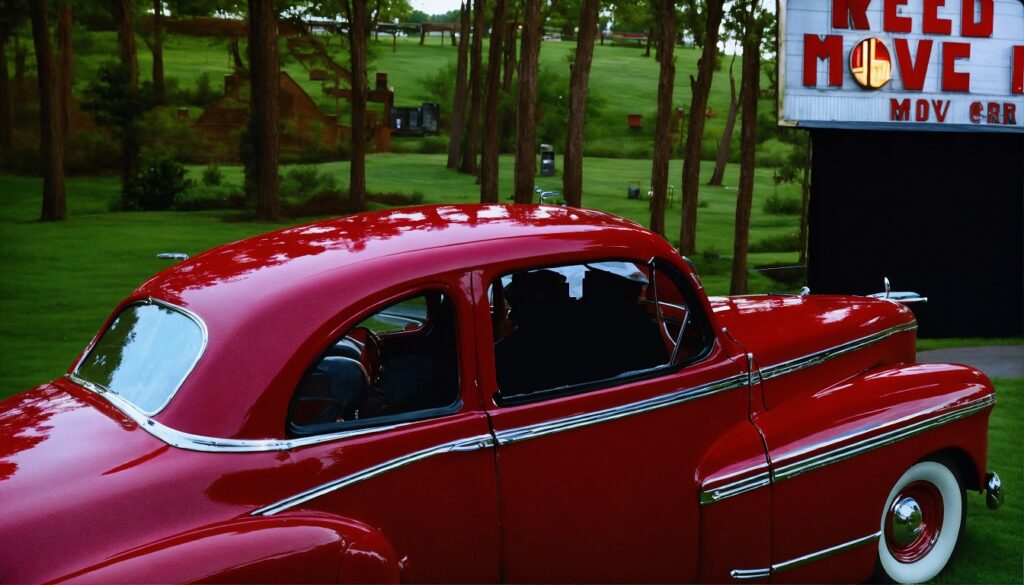
Recent Released: Can i Customize The Color, BodyParts, And Engine of My 2025 BMW M4 In USA
The Glory Days: Studebaker’s Rise to Prominence
Studebaker’s origins can be traced back to the late 18th century when the firm started as a manufacturer of wagons and carriages in South Bend, Indiana. As the automotive revolution swept across America in the early 20th century, Studebaker seized the opportunity and pivoted towards automobile production, quickly establishing itself as a force to be reckoned with.
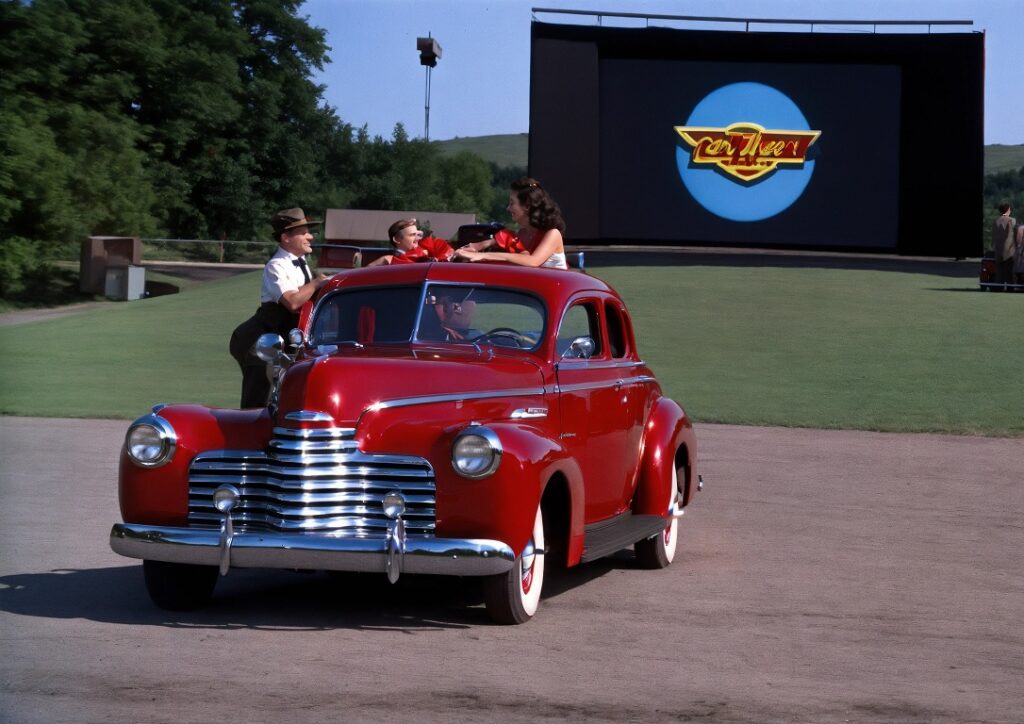
Throughout the 1920s and 1930s, Studebaker earned a reputation for innovation and quality, introducing groundbreaking designs and features that set new industry standards. The company’s vehicles were renowned for their durability, performance, and sleek styling, attracting a loyal customer base and capturing a significant share of the market.
The Turning Point: Challenges and Missteps
However, the road ahead was fraught with challenges that ultimately led to Studebaker’s demise. As the post-World War II era ushered in a new era of prosperity and consumer demand, Studebaker found itself struggling to keep pace with the rapidly evolving automotive landscape.

One of the primary factors contributing to Studebaker’s decline was its failure to adapt to changing consumer preferences. While competitors like Ford and General Motors invested heavily in developing larger, more powerful vehicles that catered to the growing suburban lifestyle, Studebaker remained focused on producing smaller, more economical models.
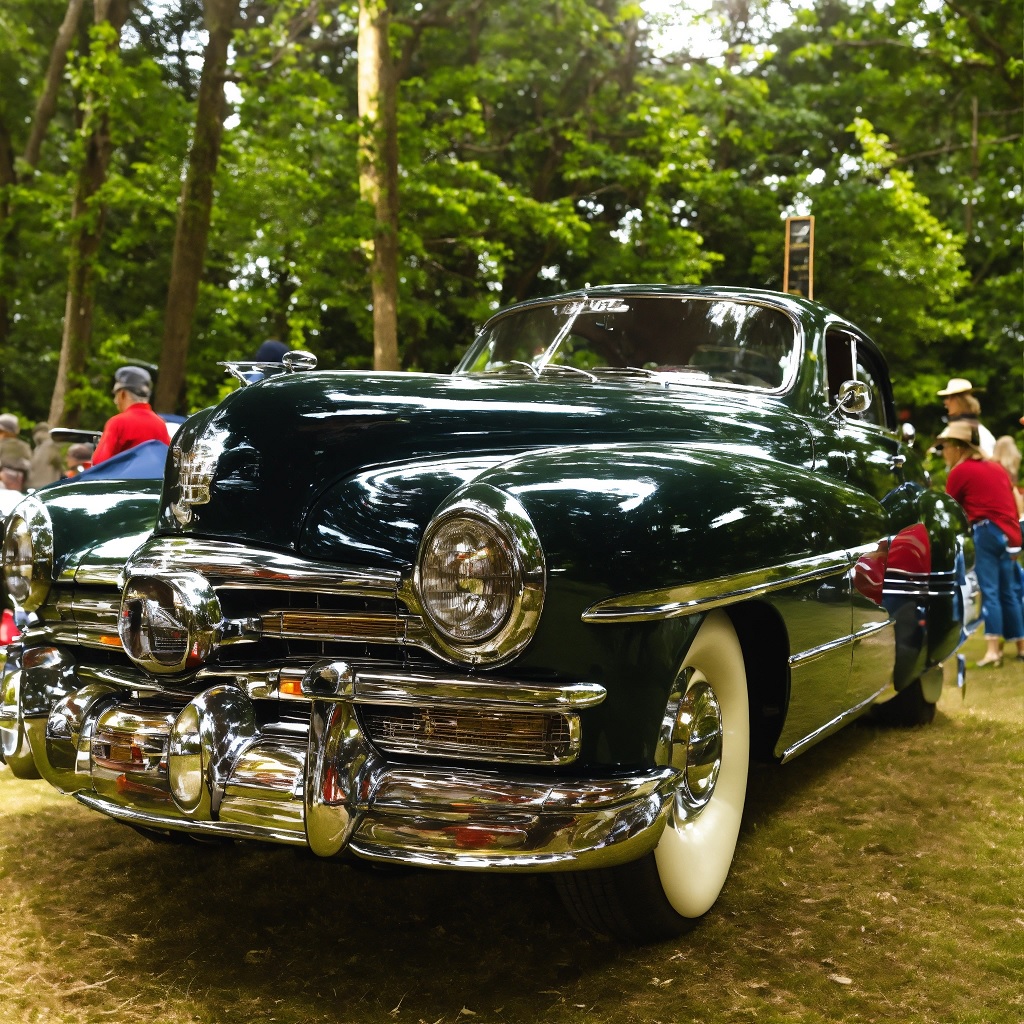
Additionally, Studebaker’s financial resources were stretched thin, making it increasingly difficult to fund the research and development necessary to stay competitive. Poor management decisions, labor disputes, and a series of ill-timed acquisitions further exacerbated the company’s woes, draining its resources and diverting attention from its core operations.
| Year | Studebaker Sales (in thousands) |
| 1950 | 320 |
| 1955 | 166 |
| 1960 | 93 |
| 1963 | 48 |
The table above illustrates Studebaker’s declining sales figures, a clear indicator of the company’s struggles to resonate with consumers and maintain market share.
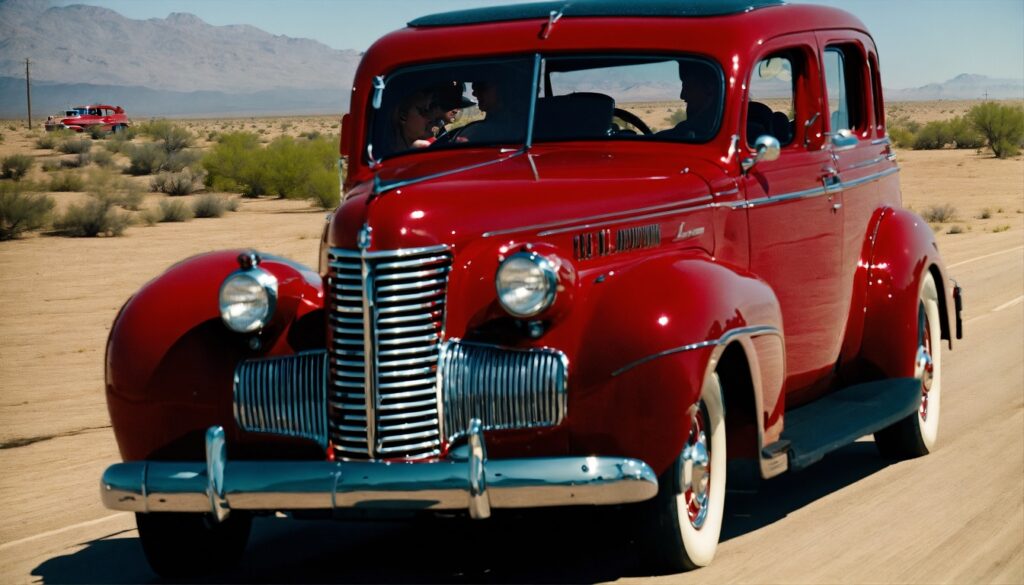
The Final Chapter: Studebaker’s Shutdown and Legacy
Despite valiant efforts to revive the brand and introduce new models, Studebaker’s financial woes proved insurmountable. In December 1963, the company’s South Bend plant closed its doors, marking the end of an era for one of America’s most iconic automakers.
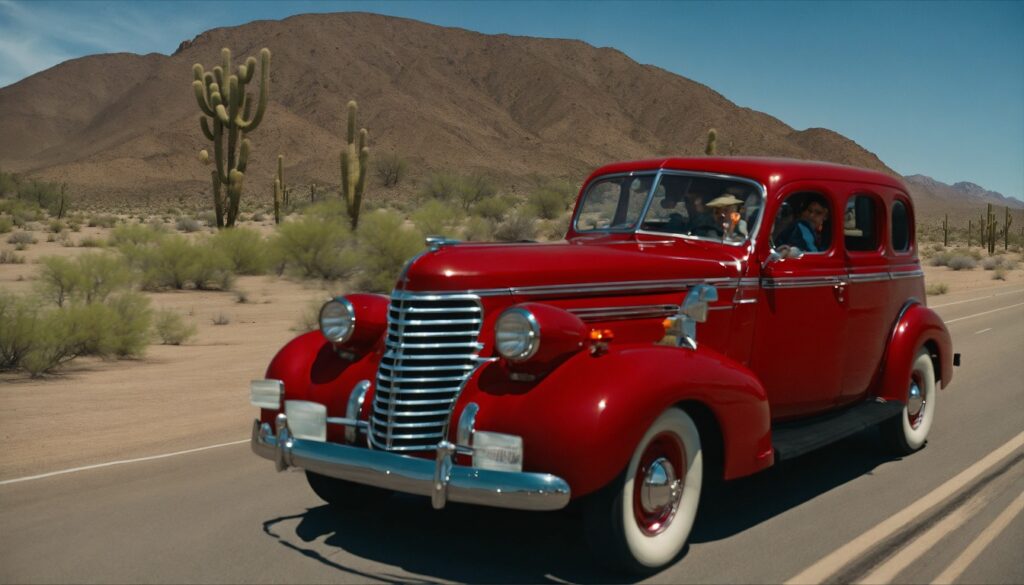
The shutdown of Studebaker had far-reaching implications for the industry and the local community. Thousands of employees lost their jobs, and the city of South Bend felt the economic ripples of the company’s departure. On a broader scale, Studebaker’s demise served as a stark reminder of the challenges faced by companies operating in a highly competitive and rapidly evolving market.
Impact on the Automobile Industry
The shutdown of Studebaker had a significant impact on the automobile industry as a whole. It marked the end of an era for a historic American automaker and highlighted the challenges faced by companies in a competitive market. Studebaker’s closure led to a shift in the industry landscape, with other manufacturers like General Motors, Ford, and Chrysler gaining prominence.

The shutdown also raised concerns about the future of American car production and the ability of companies to adapt to changing consumer preferences and market conditions. It served as a wake-up call for the industry, prompting automakers to invest more heavily in research and development, streamline operations, and prioritize innovation to stay ahead of the curve.
Reasons Behind Studebaker’s Decline in Sales
Studebaker’s decline in sales can be attributed to various factors, including financial difficulties, poor management decisions, and challenges in adapting to market demands.
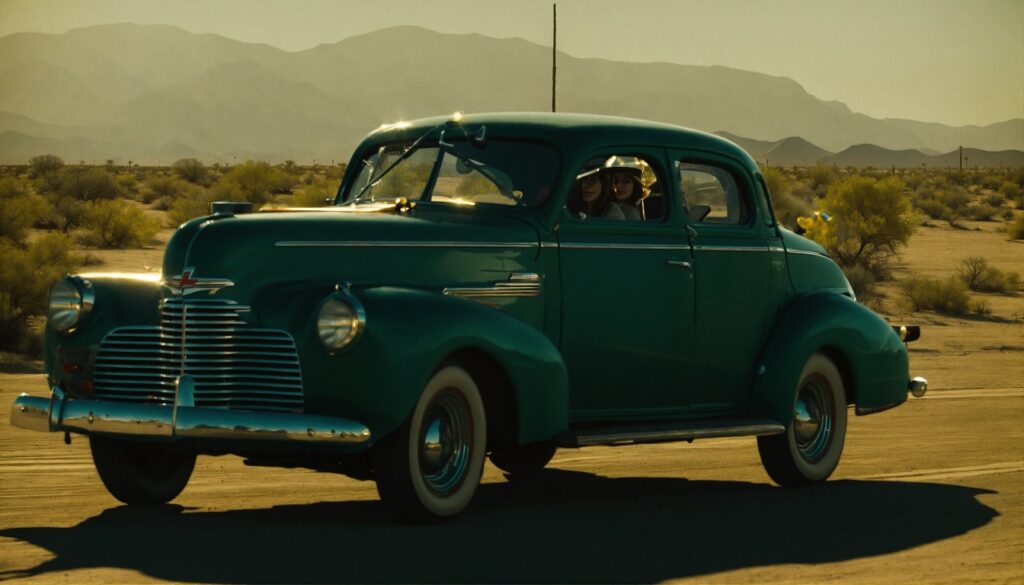
- Unreliable Vehicles: Studebaker faced issues with the reliability and quality of its vehicles, which impacted customer satisfaction and brand reputation.
- High Production Costs: The company struggled to keep production costs in check, making it difficult to price its vehicles competitively.
- Lack of Competitiveness: Studebaker failed to keep up with the rapidly changing consumer preferences and technological advancements in the industry.
- Economic Factors: The Great Depression and the timing of Studebaker’s move towards luxury cars during challenging economic times contributed to its sales decline.
- Acquisition of Luxury Brands: Studebaker’s acquisition of luxury brands like Studebaker Packard further strained its resources and diverted focus from its core operations.
The Fate of Studebaker’s Employees
The shutdown of Studebaker had a profound impact on its workforce. After the closure of the South Bend plant in 1963, the fate of its employees varied.
Some found new employment in other industries or with competing automakers, while others faced significant challenges transitioning to different sectors. The closure led to a spike in unemployment rates in South Bend, as many workers struggled to find stable employment opportunities.

By September 1965, the employment rate in South Bend had decreased to 2.6%, indicating the long-lasting effects of Studebaker’s closure on the local workforce and economy.
Conclusion
The story of Studebaker rise and fall serves as a cautionary tale for companies operating in highly competitive and dynamic industries. It highlights the importance of adaptability, innovation, and strategic decision-making in navigating the ever-changing tides of consumer demand and market forces.

While Studebaker’s legacy as an iconic American brand endures, its shutdown serves as a reminder of the challenges faced by companies that fail to evolve with the times. As the automotive industry continues to undergo rapid transformation, the lessons learned from Studebaker’s demise remain relevant, underscoring the need for companies to embrace change, invest in research and development, and prioritize customer satisfaction to stay ahead of the curve.
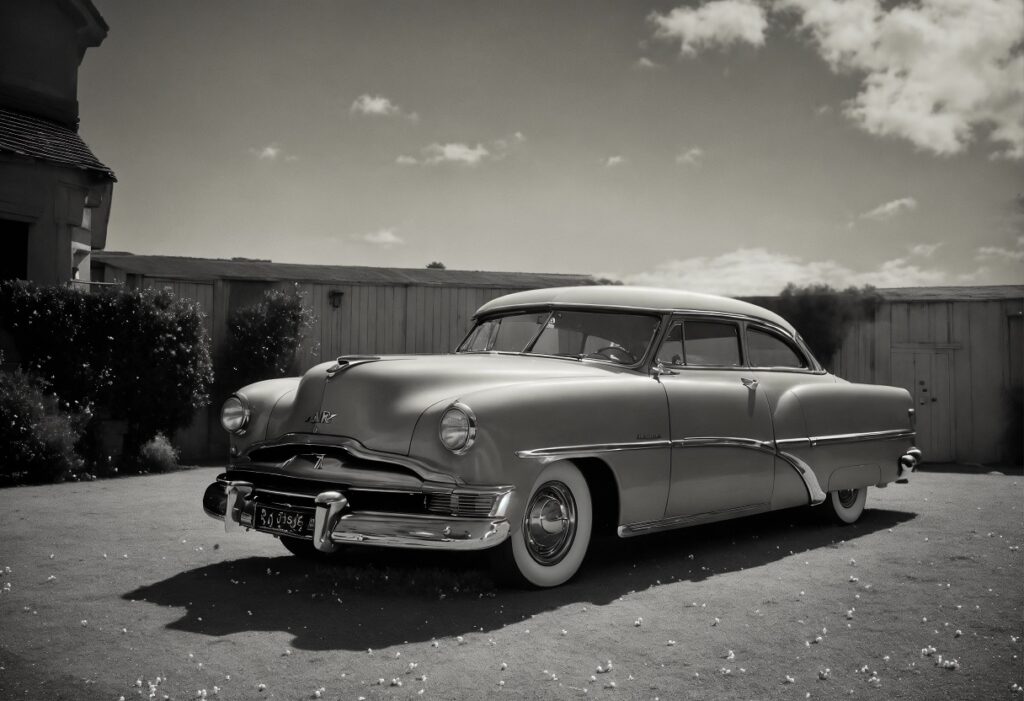

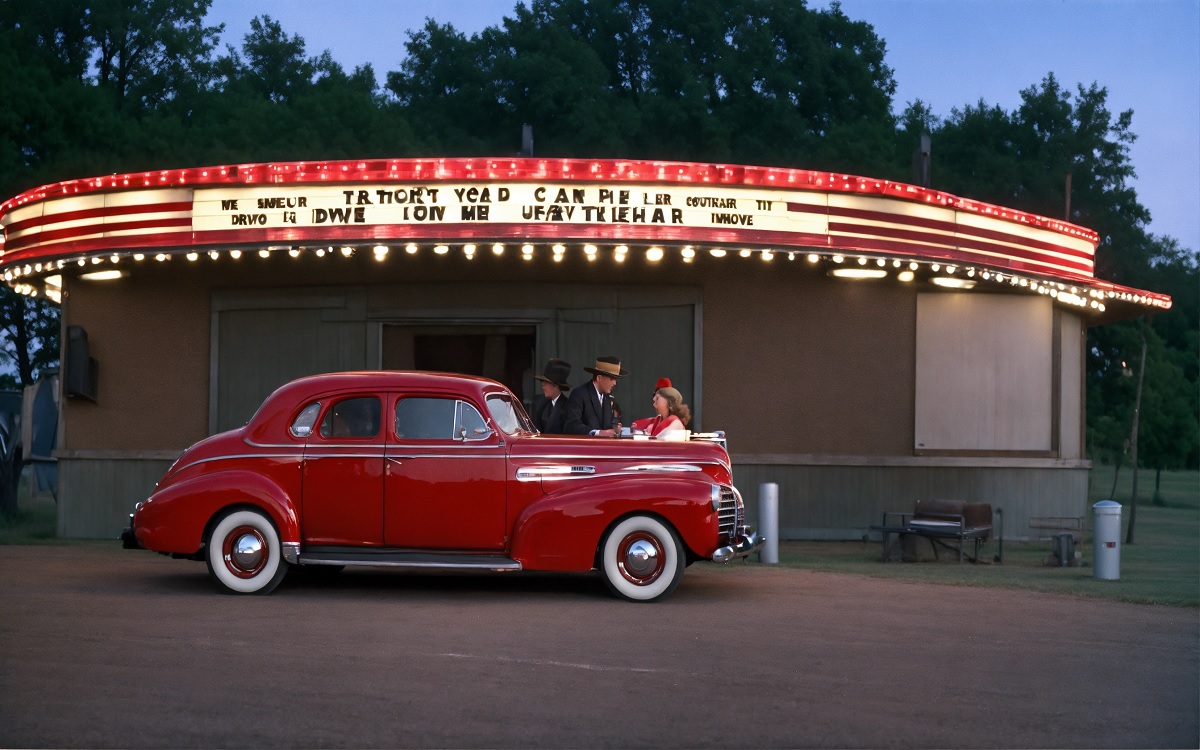
Leave a Reply